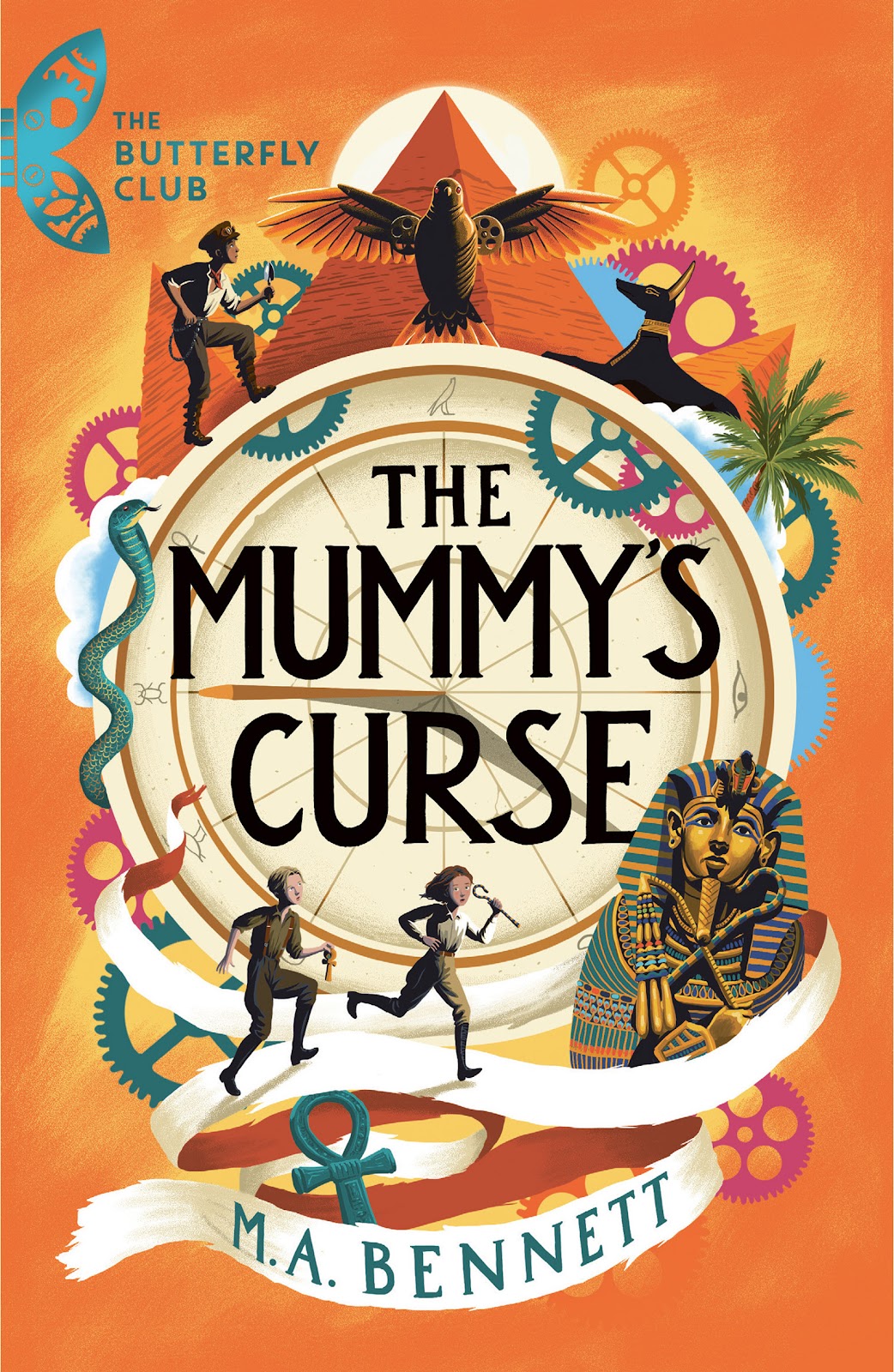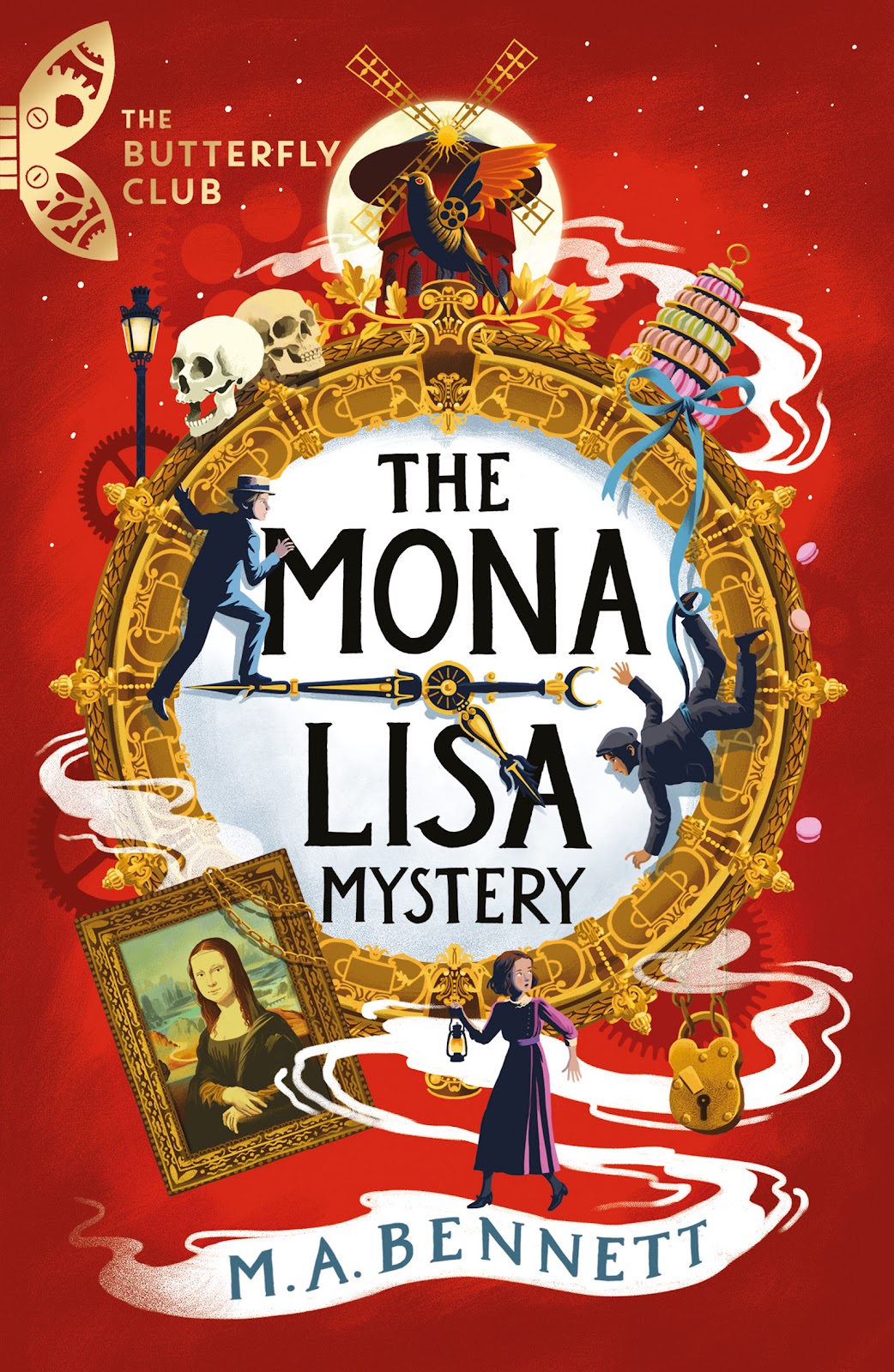One of the earliest programmes transmitted was
Children’s Hour in 1922 – the same year the BBC was founded (on 18th
October).
The very first wireless (radio) broadcast was made on 14th November from a studio in London. The radio station was called 2LO, and it broadcasts a mixture of news, music, drama and talks.
The BBC was created by a group of leading wireless manufacturers including Marconi.
Guglielmo Marconi was an Italian inventor and electrical engineer who created a practical radio wave-based long distance wireless telegraph system.
Shipping companies began to use his radio telegraph
and the system was used for passenger communication, navigational reports and
distress signals. A Marconia operator on board the Titanic after it struck an
iceberg was able to signal for help, resulting in the Carpathia coming to the rescue
of 700 survivors.
The earliest BBC broadcasts were on for just a few
hours each day.
Children’s Hour was on between 5 and 5.55pm every day.
The first BBC broadcast for children took place on the
5th December 1922 when A.E. Thompson, an engineer on the Birmingham
station presented a few minutes of entertainment for children.
This was quickly followed on the 23rd
December by the first Children’s Hour.
The programme featured songs, poems and stories. They
also included birthday greetings especially for poorly children.
They were so popular that listeners clubs called Radio Circles were set up. Members received a badge and other gifts and were invited to picnics and Christmas parties.
Children were also encouraged to support good causes and to collect ‘silver paper’ for charities. The money raised went to the Children’s Hour Wireless Fund which provided wirelesses for children’s hospital wards.
The show included much-loved presenters such as ‘Uncle Mac’ and ‘Auntie Kathleen’.
A popular feature were long-running series such as
Norman and Henry Bones, boy detectives, and Jennings at School; nature study in
Out with the Romany, by the Rev George Bramwell Evens who would cross the
countryside in his vardo with his horse and dog (thought it was actually all
produced in a studio!) and dramas based on books such as The Box of Delights by
John Masefield.
Children’s Hour stopped for just four days during WW2 and continued until 1964.
If you wanted to know what programmes would be on the radio, you could buy the Radio Times. The listings programme was first published in September 1923 and continues to include BBC radio schedules today.
TELEVISION.
In November 1929 John Logie Baird used BBC frequencies
to run his first experimental television broadcasts, again from London.
Pictures were in black and white.
The first live programme was a variety show called
Here’s Looking at You featuring singers, tap dancers and a ‘wonder horse’
called Pogo!
The first regular television service launched on 2 November 1936 with a bulletin of British Movietone news, a documentary called Television Comes to London, and Picture Page where presenter Joan Miller pretended to work a telephone switch board as a way of introducing guests on the talk show!
You can see clips here … https://www.bbc.com/historyofthebbc/research/story-of-bbc-television/tv-as-we-know-it
The first TV announcers were Leslie Mitchell, Jasmine
Bligh and Elizabeth Cowell.
Leslie Mitchell was very handsome with a moustache. He also presented on Picture Page but was only called the male announcer – which he didn’t like!
Jasmine and Elizabeth were recruited from over 1000 applicants to become ‘hostess-announcers.’ They were chosen for their looks and for their ability to speak clearly. They also had to look after guests appearing on the programmes. Presenters had to memorise their words as there were no autocues to show them their script.
For the Children
was the first TV show for children, it began on 2 April 1937. The show was on
for 10 minutes at 3pm and included stories, puppet shows and songs.
Television broadcasts were halted in 1939 because of WW2. TV including For the Children returned in 1946. And in October a now famous puppet Muffin the Mule made his debut on the show with his ‘friend’ presenter Annette Mills.
In 1950 the BBC introduced Children’s Newsreel – the
lead story on the first episode was about the first polar bear cub born at
London Zoo. Other early news stories included Making Humbugs, Making Cricket
Bats and If you Lost your Dog.
Three years later the BBC launched Watch with Mother a cycle of TV shows for children that included puppet shows Andy Pandy, Flowerpot Men, The Woodentops, Rag Tag and Bobtail as well as Picture Book which encouraged children to make things. Watch with Mother was so popular that repeats continued until 1975.
The BBC has continued to produce children's programming for another 50 years including Vision On, Play School, Newsround, Blue Peter, Grange Hill, Live and Kicking, Teletubbies and Doctor Who.
What are your favourites?
WRITING CHALLENGE:
Imagine you work for the BBC children’s department and
have been asked to come up with a new radio or TV programme.
Can you write a script for the first five or ten
minutes of your show? Will there be a presenter like Uncle Mac or one of the Blue
Peter presenters? Perhaps it could be a news programme – what topics would you
need to cover this week? Or perhaps you would like to bring back one of the
characters from one of the old puppet shows like Andy Pandy – what mischief
will your characters get up to?!
For this week's Time Tunnellers YouTube video about the BBC click here.
Susan Brownrigg is a Lancashire lass and the author of three historical children's books for ages 8+ - Gracie Fairshaw and the Mysterious Guest & Gracie Fairshaw and the Trouble at the Tower are seaside mysteries set in Blackpool. Kintana and the Captain's Curse is a pirate adventure set in Madagascar.









